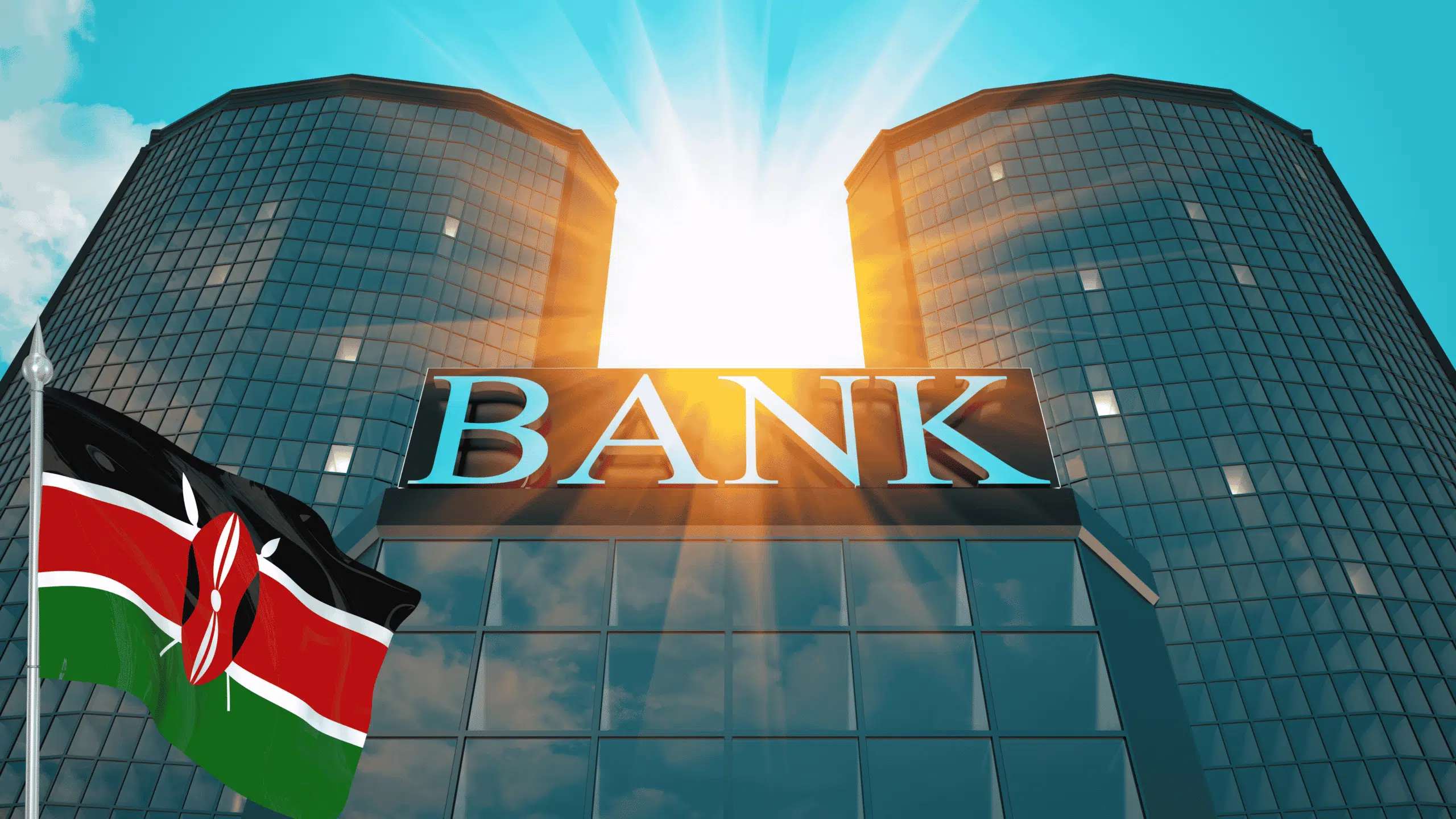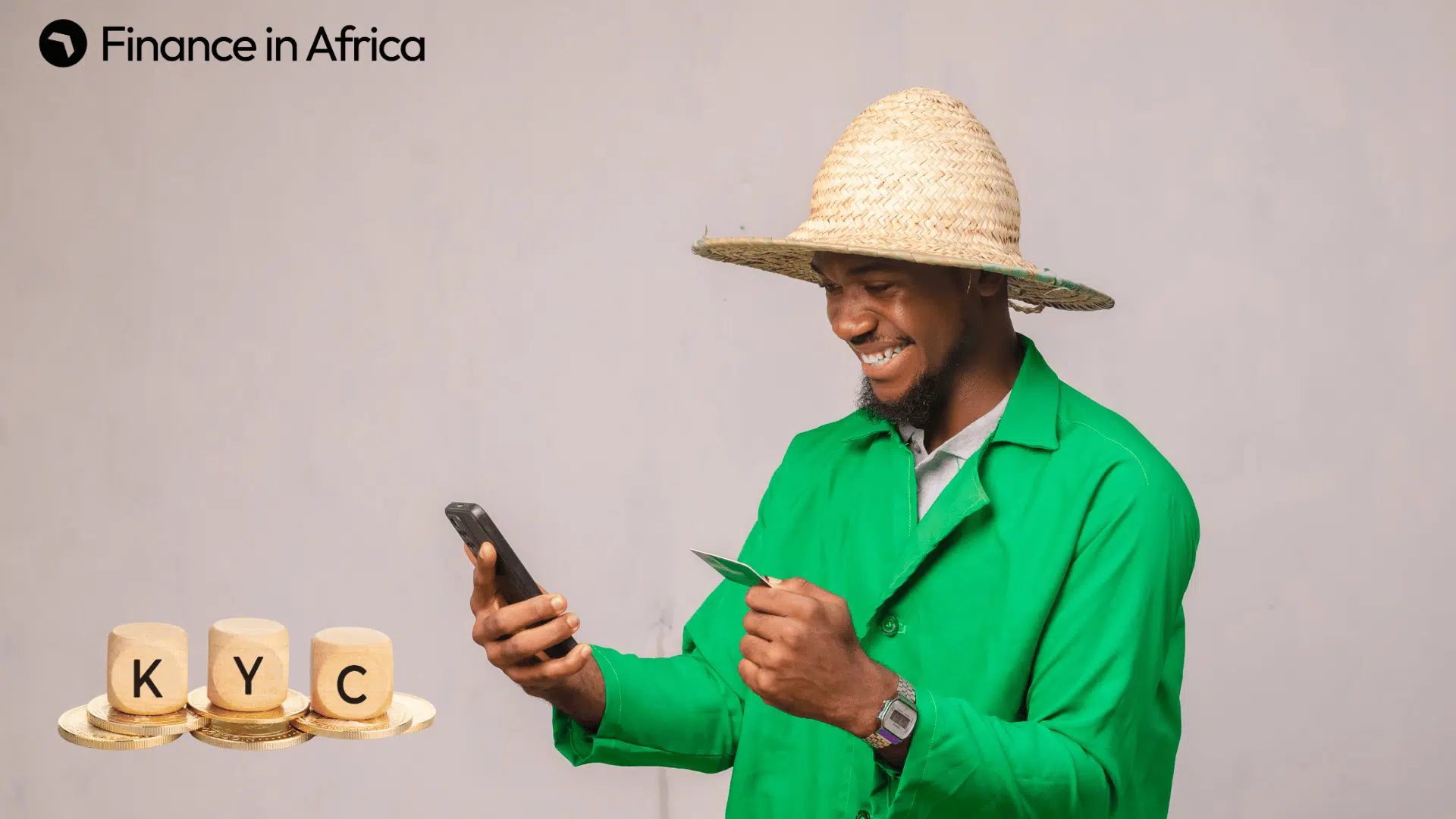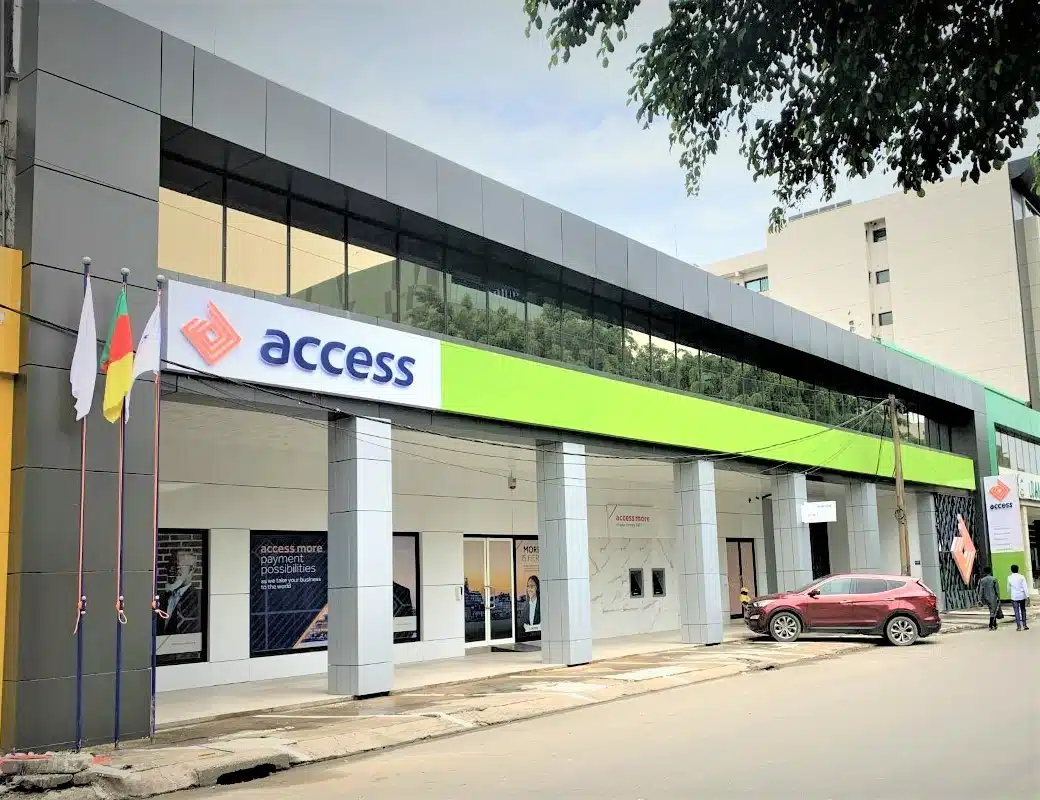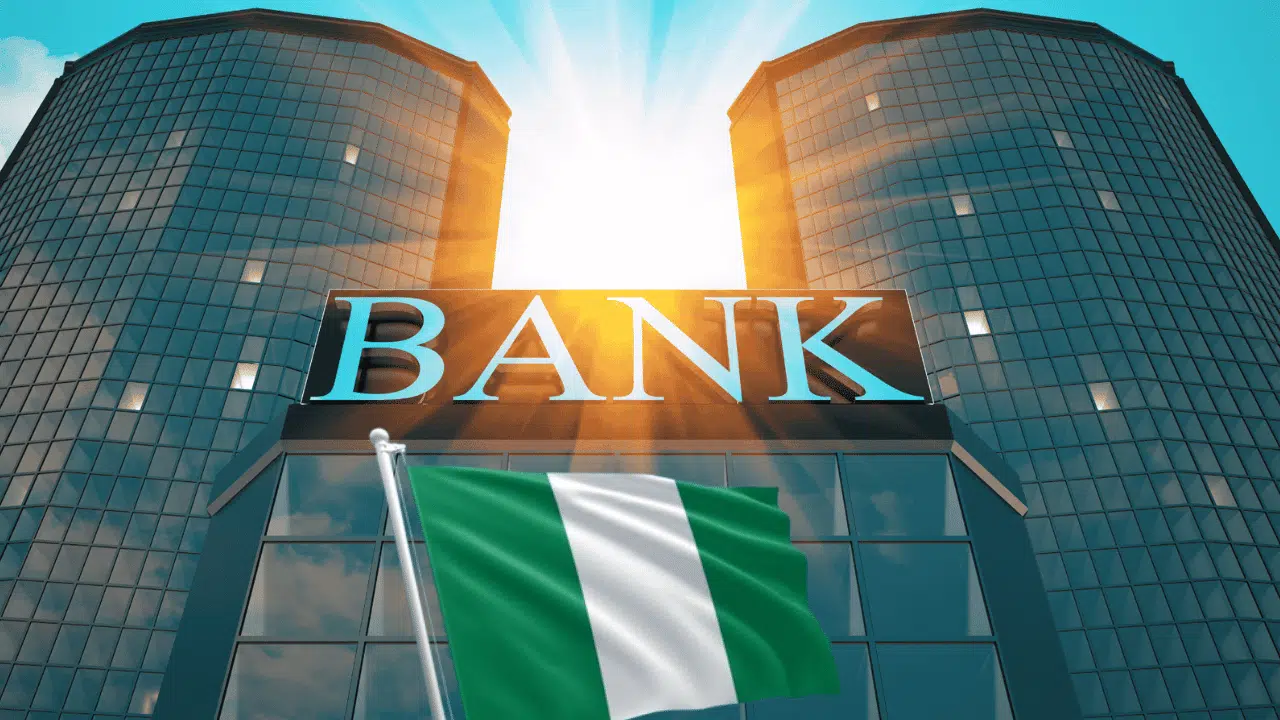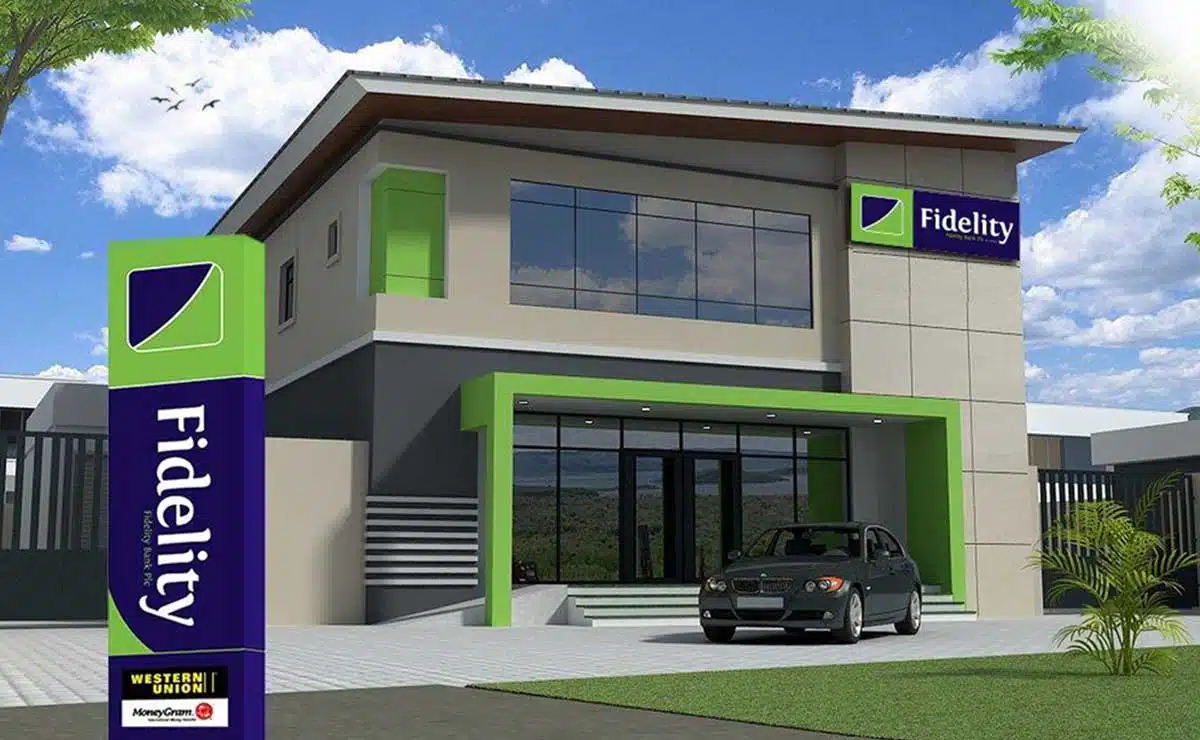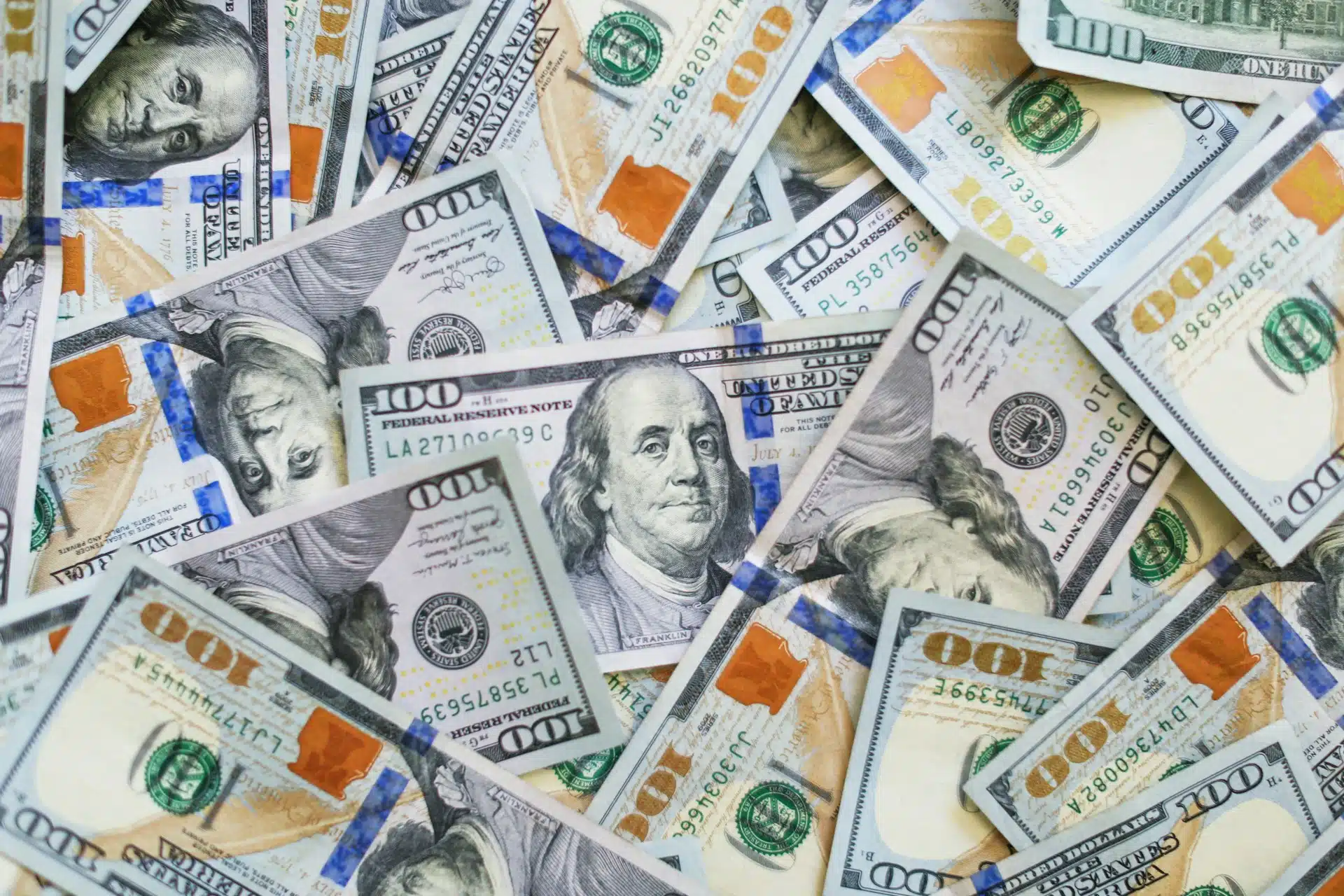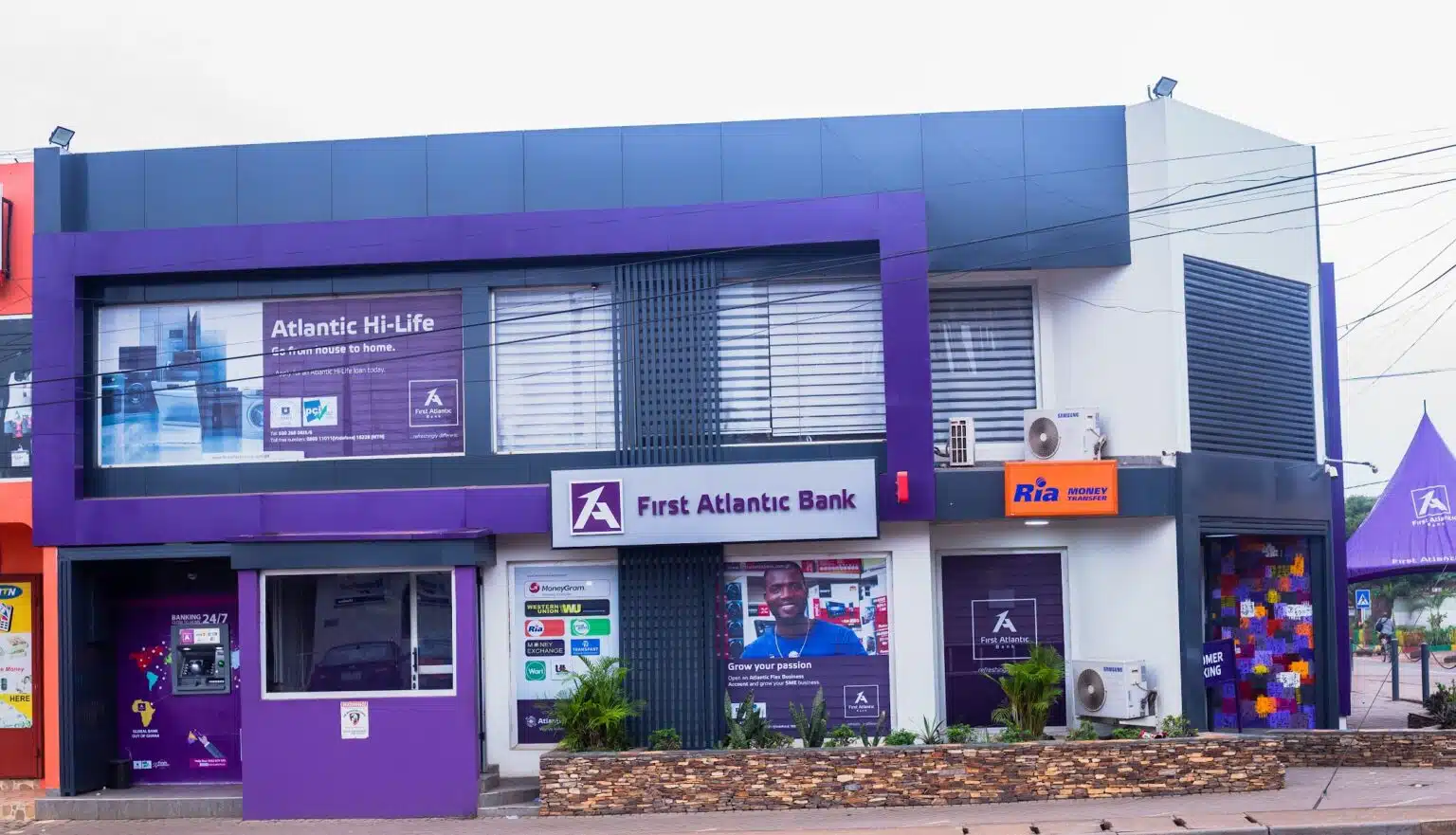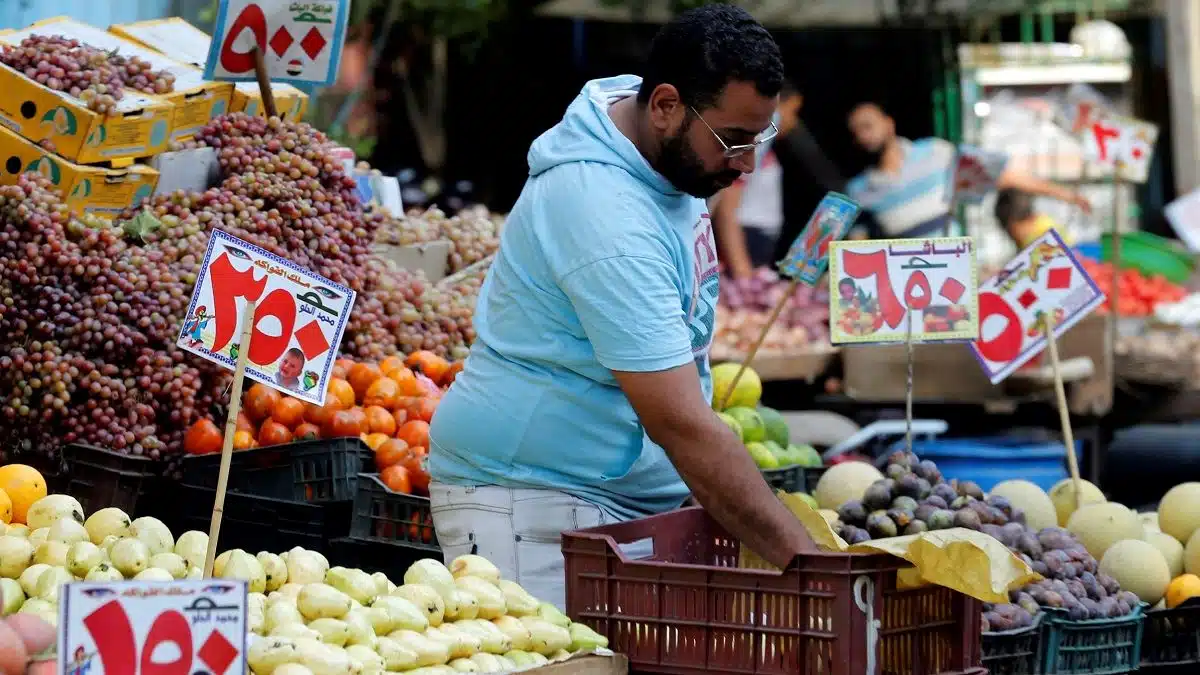Despite having the lowest combined brand value among Africa’s top banking markets, Kenya’s three biggest lenders—Equity Bank, Commercial Bank (KCB), and Co-Operative Bank—posted the continent’s highest growth, rising by 25.1% to $1.18 billion in 2025.
The rise outpaced banking giants in South Africa, Egypt, and Nigeria, according to Finance in Africa’s analysis of the latest Brand Finance African Banking report. Brand value represents the capital worth of economic benefits brought by a brand.
Brand Finance uses the Royalty Relief approach, estimating future revenues attributable to a brand and the royalty rate a third party would pay for its use, to determine a net economic benefit.
The study, covering February 2024 to February 2025, ranked the top 22 banks across the continent. South Africa’s six major lenders, including Standard Bank, First National Bank, and Absa, came second with a 23.6% increase to $8.86 billion.
Egyptian banks—National Bank of Egypt, Banque Misr, and Commercial International Bank—grew by 8.03% to $1.48 billion. Nigeria’s top five lenders saw the smallest gain at 5.37% to $1.57 billion.
“The banking sector contributes over half of the ranking’s total brand value, underscoring its central role in Kenya’s economy,” the report said.
Equity Bank ($554.1 million) retained its crown as Kenya’s most valuable brand for the second straight year, driven by strong financial results, a broad customer base, and a high Brand Strength Index score of 90.7 out of 100—powered by trust and engagement.
Across the continent, total banking brand value rose to $13.1 billion from $10.9 billion. Standard Bank ($2.18 billion) and First National Bank ($1.67 billion) topped the continental list, while Mauritius’s MCB Group ($181.1 million) and First Bank of Nigeria ($180.9 million) ranked lowest.
Zenith Bank and United Bank for Africa were the only African banks to record declines, down 16% and 26% respectively.
How Kenya is pulling ahead
Kenyan banks have leveraged mobile integration and agent networks to extend services to rural and previously unbanked populations. Partnerships with platforms like M-Pesa enable real-time loans, savings, and insurance.
In 2024, Equity Bank and KCB posted combined profits of over $850 million, while Kenya’s formal financial inclusion rate was the highest in sub-Saharan Africa, rising to 90.1% from 79.1% in 2021, according to the World Bank.
South Africa’s digital edge
South African banks are boosting brand value through digital-only offerings. TymeBank, launched in 2019, became Africa’s first digital bank to break even, with nine million users.
Capitec Bank’s brand value jumped by 81% in 2025, fuelled by a surge in app adoption and AI-driven customer engagement. Between 2011 and 2021, financial inclusion in Southern Africa rose from 53.7% to 85.4%, driven by the rapid uptake of mobile and digital banking services.
“South Africa’s growth was notably driven by Capitec Bank with a remarkable 100% increase in Brand Value compared to the previous year,” said Jenny Moore, Strategy & Insight Consultant at Brand Finance. She credited profitability gains, diversification, and brand equity growth—along with perfect scores (10/10) in “brand love”, “brand consideration”, and “brand engagement.”
Egypt’s digital transformation push
Egypt’s Central Bank has driven a 181% increase in financial inclusion between 2016 and 2024 through aggressive digital reforms. Banque Misr is preparing to launch the country’s first digital-only bank in late 2025, while Abu Dhabi Islamic Bank Egypt is investing $19.6 million in digital infrastructure and cybersecurity.
The 2025 Brand Finance Global Brand Equity Monitor found that in Africa, a strong online or mobile banking offering is more important than trust, value, or ease of use in shaping customer choice.
Why Nigeria lags behind
Nigeria’s traditional banks remain focused on high-net-worth and urban customers, leaving rural and informal markets underserved. Despite the Bank Verification Number and National Financial Inclusion Strategy, 37% of rural Nigerians were still unbanked in 2023, compared to 17% in urban areas.
Financial inclusion in Nigeria improved from 45.1% in 2021 to 63% last year, but growth remains uneven.
“Banks in Kenya, South Africa, and Egypt outperform Nigeria because they’ve used digital infrastructure more effectively to boost inclusion, thus building stronger brands,” said Babatunde Odumeru, Managing Director at Brand Finance Nigeria. He added that inflation and naira devaluation have also slowed brand value growth by increasing costs and reducing earnings.
Africa’s banking brands on the world stage
Despite currency weakness and regional risks keeping African banks out of the global Top 100, the continent scores highest worldwide in average Brand Strength (80/100), typically earning AAA ratings. Africa also claims two brands in the global top 10 and four in the top 20 for brand strength.
Given the sector’s relatively short history—formal banking dates back to the mid-19th century—African lenders rely less on size and more on brand competitiveness. With limited marketing budgets, brand custodians face growing pressure to sustain value through efficient, targeted investment.

